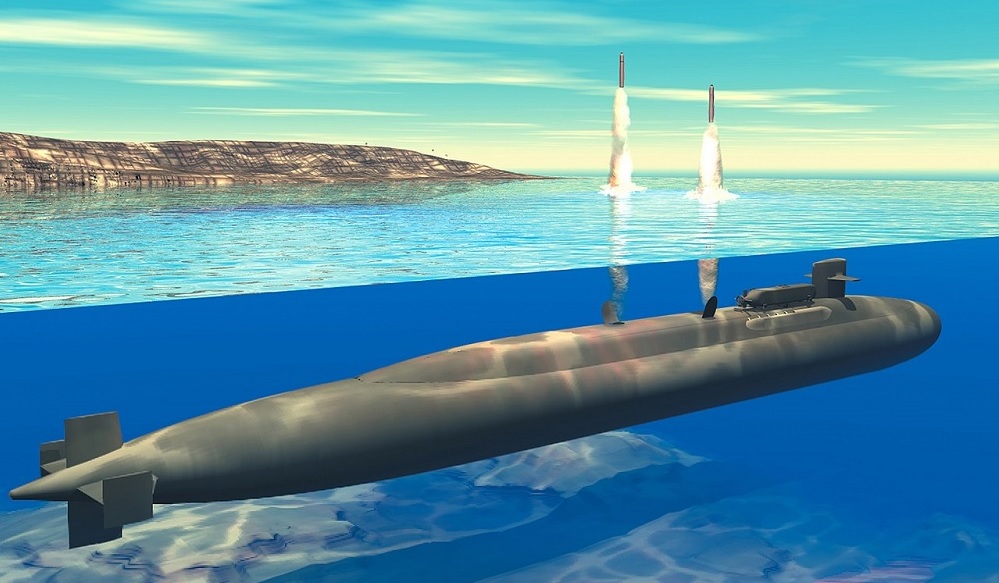Balancing Firepower: U.S. Navy's Future VLS Cell Strategy

At an October 8, 2024 webinar hosted by the Center for Strategic and International Studies (CSIS), Vice Admiral James Pitts, Deputy Chief of Naval Operations for Warfighting Requirements and Capabilities, addressed a critical question about the future of the U.S. Navy’s Vertical Launch System (VLS) cells. The discussion comes amidst concerns over the retirement of the Ticonderoga-class cruisers and Ohio-class guided missile submarines (SSGNs), both of which are significant contributors to the Navy’s VLS cell capacity.
The VLS Cell Gap Challenge
The Ticonderoga-class cruisers, each equipped with 122 VLS cells, and the SSGNs, with 154 cells per submarine, collectively add up to 2,080 VLS cells. These platforms are essential for launching a variety of munitions, including Tomahawk cruise missiles, Standard surface-to-air missiles, and anti-submarine rockets (ASROCs). As of fall 2024, the U.S. Navy operates 12 active cruisers and four SSGNs, which are slated for decommissioning in the near future.
Vice Admiral Pitts acknowledged the potential shortfall but emphasized that, for now, the Navy has sufficient VLS capacity for its current inventory of Tomahawk missiles. However, he admitted that retiring the SSGNs would lead to a "significant capability loss."
Mitigation Strategies
To address this gap, Pitts highlighted the introduction of the Virginia Payload Module (VPM), an upgrade for Virginia-class submarines. Each VPM-equipped submarine will add 28 VLS cells, aiming to offset the loss of the SSGNs. The Navy is also exploring advanced surface platforms, including Large Unmanned Surface Vessels (LUSVs), which could carry additional payloads.
However, these measures are long-term solutions, and experts argue they may not arrive in time to prevent a temporary decline in firepower.
Expert Perspectives on the VLS Shortfall
Brent Sadler, a senior researcher in naval warfare, emphasized the magnitude of the challenge. "The SSGNs’ capacity is unparalleled, and there is no immediate replacement," he noted. Sadler suggested a multifaceted approach, including accelerating Columbia-class and VPM-equipped Virginia-class submarine production, utilizing unmanned vessels for Tomahawk strikes, and expanding the U.S. Marine Corps’ capability to launch Tomahawks from shore in the First Island Chain.
Jim Fein, a research assistant specializing in national security, added that the Navy’s munitions inventory compounds the problem. He revealed that the Navy possesses around 4,000 Tomahawks and up to 11,000 Standard Missiles but pointed out that procurement levels have stagnated. Despite having approximately 10,000 VLS cells across its fleet, the Navy’s munition inventory may struggle to keep pace with operational demands.
The Way Forward
The U.S. Navy faces a balancing act: maintaining its current operational capabilities while modernizing its fleet for future challenges. The planned introduction of VPMs and the development of unmanned systems represent promising steps, but they must be complemented by increased munition production and innovative deployment strategies.
Without timely action, the Navy risks a significant dip in its long-range strike and missile defense capabilities. To counter this, a combination of accelerated shipbuilding, increased use of unmanned platforms, and strategic partnerships will be crucial. While Vice Admiral Pitts assures that current needs are met, the roadmap for the coming decade demands a proactive approach to ensure that the U.S. Navy remains a dominant force at sea.



